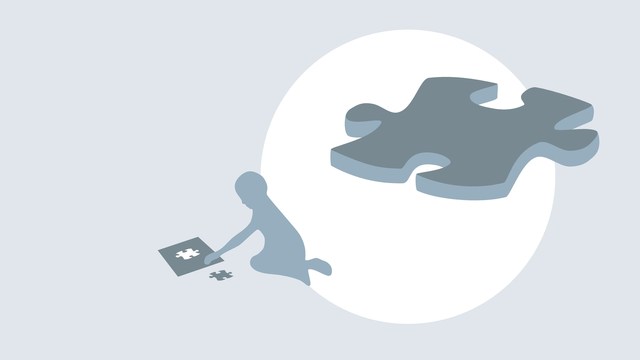The brain is divided into two hemispheres: the left hemisphere and right hemisphere. Each of the hemispheres have all four lobes of the cerebrum (frontal lobe, temporal lobe, parietal lobe and occipital lobe), but they have different functions.
For example, language tends to be a left hemisphere function. The University of Washington states that 95 percent of right-handed people and 60 to 70 percent of left-handed people have language on their left hemisphere. Other left hemisphere functions are math, logic and controlling the right side of the body, while other right hemisphere functions are music, spatial abilities, face recognition, visual imagery and controlling the left side of the body.
The two hemispheres are connected with the corpus callosum, which is made up of 200 to 250 million nerve fibers.
What happens if the corpus callosum is cut?
Called a split brain operation, or commissurotomy, the procedure is done in patients with severe epilepsy, in which “a seizure will start in one hemisphere, triggering a massive discharge of neurons through the corpus callosum and into the second hemisphere,” according to Macalester College.
While the operation can help control the epilepsy, it also prevents the two hemispheres from communicating. For example, if a split brain patient is shown an object only to her left eye, and then asked to verbally identify it, she would be unable to. This is because the left eye transmits information to the right hemisphere, which does not have the language regions. However, if the patient is asked to pick out the item with her hand, she can reach for it with her left hand, which the right hemisphere controls. One way this is done is with a tachistoscope, which projects information to one hemisphere at a time.
Another experiment, done with a split brain patient. uses chimeric figures. This image is of a face: one half is a woman and one half is a man. In the center of the image is a dot. If the split brain patient focuses on the dot, then the image of the woman would be sent to the right hemisphere and the image of the man would be sent to the left hemisphere, or vice versa, depending on the set up of the image. But when the patient is asked what the image is, it depends on how she answers. If the patient is asked to point to the gender of the whole image, she will answer it is an image of a woman, since that is the visual information being sent to her right hemisphere, according to the University of Washington. If the patient is asked to say what gender the image is, she will answer it is an image of a man, since that is the visual information being sent to the left hemisphere.
----------------------------------------------------------------------------------------------------------------------------
Elizabeth Stannard Gromisch received her bachelor’s of science degree in neuroscience from Trinity College in Hartford, CT in May 2009. She is the Hartford Women's Health Examiner and she writes about abuse on Suite 101.





Add a CommentComments
There are no comments yet. Be the first one and get the conversation started!